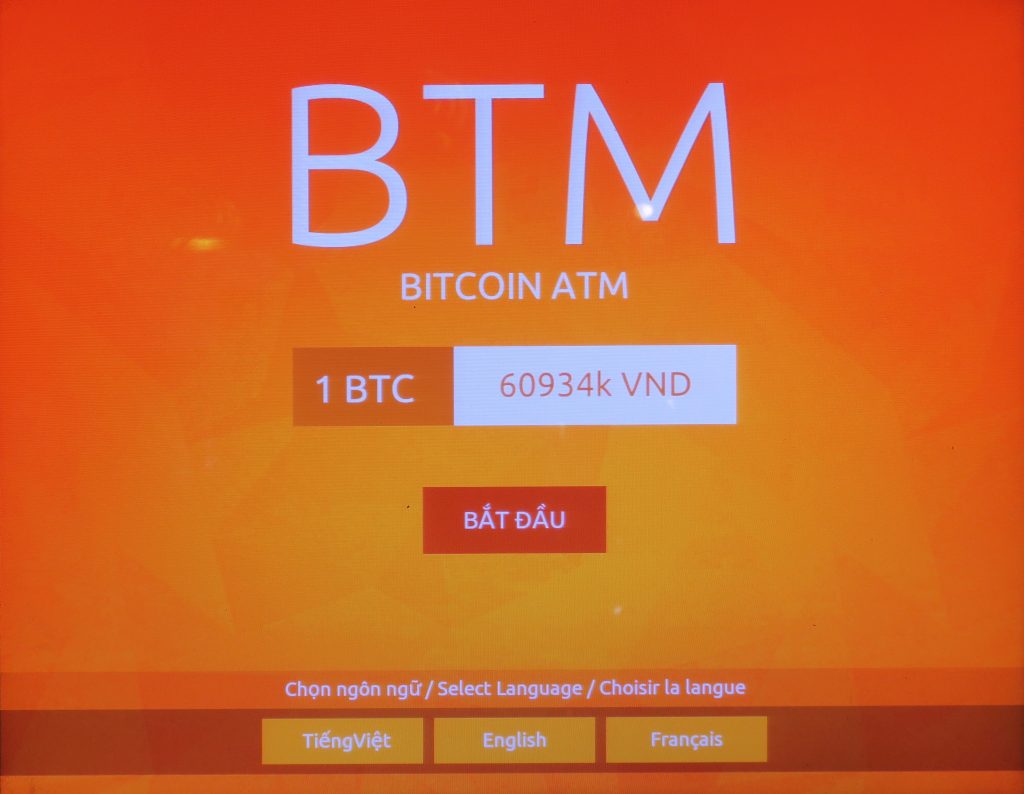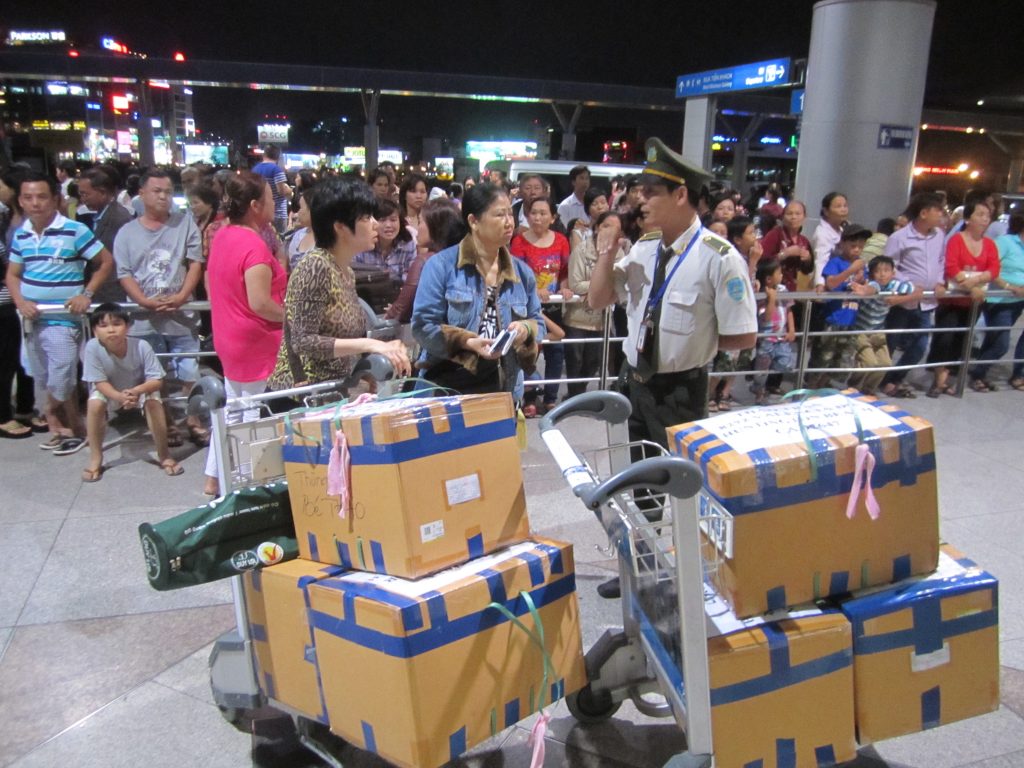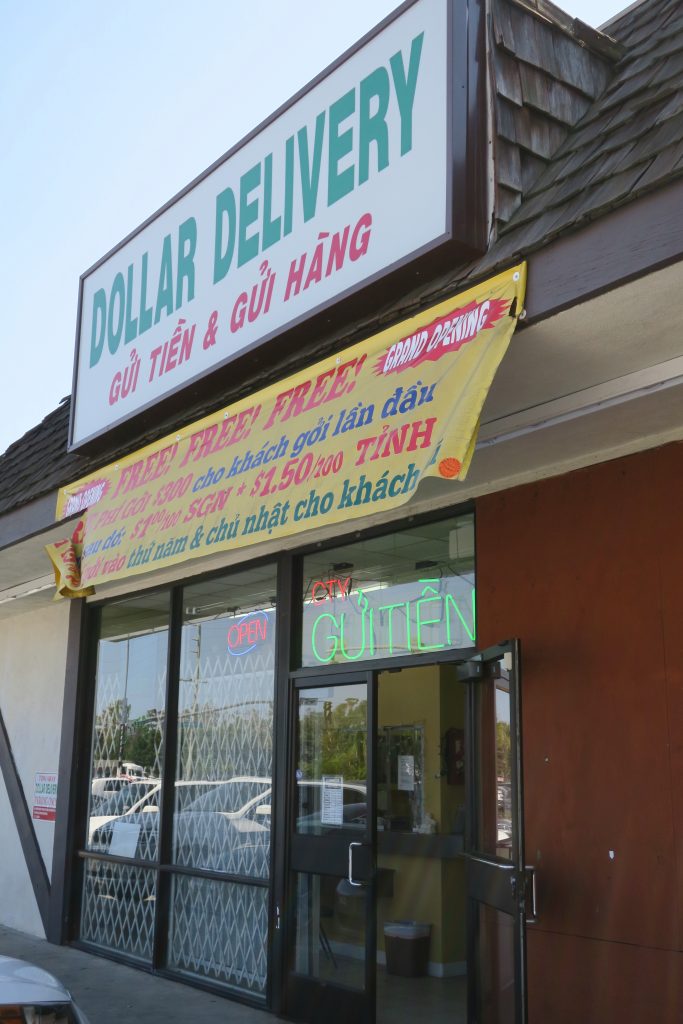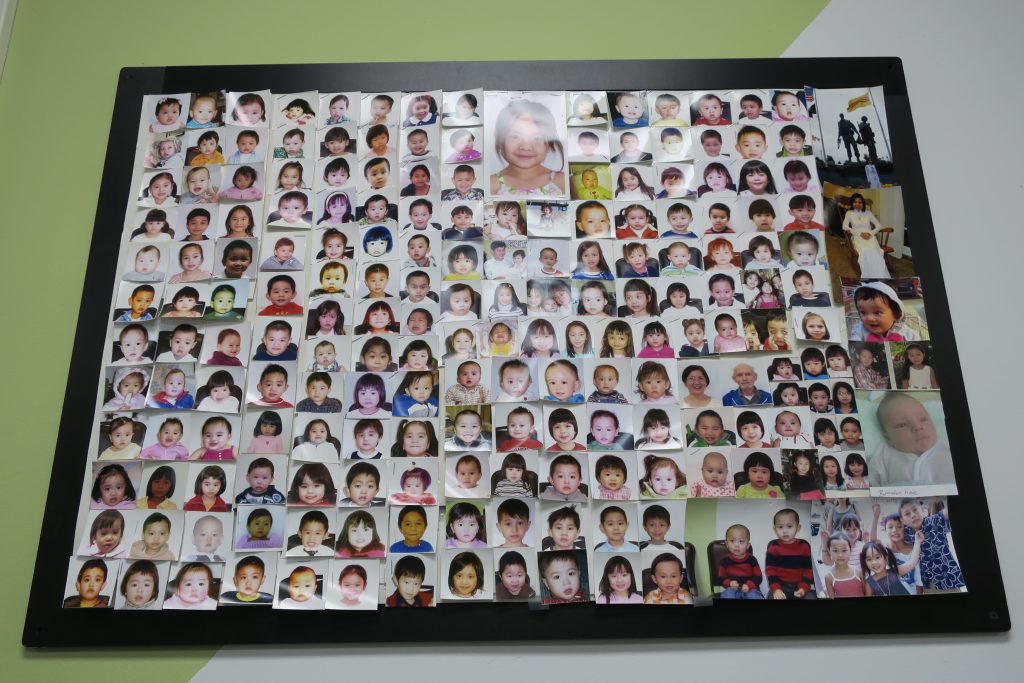The bells jingled on the door as I entered a small store tucked in a New England Vietnamese shopping center. Specializing in transactions between the United States and Vietnam, the store is representative of many small operations providing travel and financial services, including plane tickets, visas, box shipping, and remittances. Discussing her business, the owner Kelly gestured to a wall covered with children’s pictures. She explained they were extra passport photos of her customers’ kids, many of whom were now grown up and customers themselves—a testament to the store’s enduring role in facilitating transnational ties for the Vietnamese American community.
Yet when our discussion turned specifically to remittances, Kelly lamented that it was becoming more difficult for small businesses like hers to compete. In the past, she handled remittance transfers herself, via a bank account. Now, according to her, “banks don’t allow it.” As an informal remittance service provider operating in a gray area to facilitate small transfers, her company had become visible to the expanding reach of the formal financial world—most notably, as a potential “black market” operation. Kelly recently contracted financial-transfer services to an external provider but noted that, at $1.25 per transaction, “It’s hardly worth it anymore. Nonetheless, our customers need to send money and expect us to do it for them, so we continue as long as we can.”
The informal money-transfer sector has been integral to the Vietnamese community in the United States, but during the past ten years its share of the U.S.-Vietnam remittance market has fallen from one-half to one-third. Kelly’s operation was one of many affected by remittance oversight regulations put in place after the 2008 financial crisis. Specifically, regulations associated with Dodd-Frank require low-value transfers of more than $15 to comply with disclosure, consumer protection, and error-resolution rules requiring more steps and paperwork for remittance providers. Such regulations were emerging as a problematic chokepoint, disrupting and diverting the long-standing channels of her financial-transfer services. Kelly experienced this regulatory chokepoint as a slow but significant shift, pressuring her to diversify from remittances to other services. Writ large, “not being allowed to do it anymore” signaled a significant shift in the financial infrastructures linking diasporas and homelands—Vietnamese and otherwise.
Reforms of international remittance infrastructures since 2008 have impacted transnational banking, financialization, and payments. By highlighting these transitions—as well as the stories and histories of money-transfer operators like Kelly, who facilitate not only financial connections between Vietnam and the United States but also other material and bodily mobilities—we gain insight into how emerging chokepoints in the international financial system are experienced and navigated. Doing so draws attention to the practical, technical, and affective value of such services in framing and maintaining economic and social relations.
Channels
It is striking to compare current U.S.-Vietnam remittance flows (estimated at over 12 billion dollars annually) to the immediate post-Vietnam War period, when most remittances largely took the form of boxes of material goods that were sent by post. Some of these commodities were meant for sale on the Vietnamese black market. Others might have cash or even gold and jewelry strategically hidden within them. In the late 1970s and 1980s, informal markets featuring commodities remitted from the West began to appear in cities in southern Vietnam. They were attended as often by browsers as buyers, as Vietnamese citizens under the new socialist economy gazed with nostalgia at consumer luxuries from a capitalist fantasyland now beyond reach.
Following Vietnam’s Đổi Mới (Renovation) economic reforms in 1986, the end of the Cold War in 1991, and the restoration of political and economic relations with the United States in 1995 and 2001, respectively, Vietnamese reintegration with the capitalist global economy gained momentum. Monetary remittances rapidly rose, particularly after 2002 when the Vietnamese government permitted more financial institutions to deliver them. Material-remittance patterns continue but also have transitioned to boxes personally carried on airplanes as diasporic Vietnamese increasingly returned for visits—more than half a million annually in recent years.
The 2008 global financial crisis had a rippling but not crippling effect on remittance flows. For Vietnam, the quantitative impact came in 2009 when remittances declined for the first time in their recorded history. Nonetheless, the decline was brief, and remittances were on the rise again by 2009, with recent years showing gains up to 15 percent annually (World Bank 2016). More significantly, the 2008 crisis impacted the channels by which remittances are sent. By making compliance more legally complex and labor intensive, regulatory measures since the crisis have pushed remittances from the informal to the formal sector, which is why thinly staffed services such as Kelly’s are feeling pressure. They now compete not only with banks but money-transfer companies such as Western Union and Money Gram that benefit from legal teams and economies of scale. Many of these large companies view the regulatory changes as an opportunity to actively and aggressively grow market share.
Regulatory Chokepoints
The financial and legal infrastructure for international remittances sent from the United States—the largest remittance-sending country in the world—has transformed significantly since the Dodd-Frank Wall Street Reform and Consumer Protection Act became law in 2010. The act was intended to increase stability, accountability, and transparency in the financial system. Yet it has also become a regulatory chokepoint that has reoriented and reassembled the market. Managers of money-transfer operations note that since the crisis, and 2013 in particular, a new remittance market is emerging, in large part due to a 2013 amendment of the Dodd-Frank act (Section 1073) that makes it difficult for small remittance services to afford to stay in business. This includes oversight and regulatory measures meant to increase transparency and protection for customers, as well as due-diligence/Know Your Customer (KYC) requirements meant to prevent money laundering. Compliance, however, can be bureaucratically and legally complicated, not to mention costly.
The new regulations have squeezed out many of the informal channels through which remittances previously moved. It seems ironic that KYC requirements are making it difficult for the very services that have known their loyal customer base intimately for years. Of the channels that remain, mainstream formal Money Transfer Operators (MTO) and banks are trying to take advantage of the changing legal and business climate to tap into the informal channels of the U.S.-Southeast Asia remittance corridor. One MTO consultant shared with me a particular market-expansion strategy focusing on the nail salon industry, from which workers send back to Vietnam a high proportion of their earnings. In another case, a major bank offered free first-time remittance services connected to personal accounts, with a marketing focus on California where more than a third of Vietnamese Americans live. With new regulations creating leverage and buoying confidence, the formal remittance sector slowly is closing off and appropriating informal remittance channels—precipitating a mainstreaming of remittance exchange. Big banks and MTOs laud the security, speed, and legitimacy of formal channels; for others, such chokepoints become challenges to navigate.
Hot Transfers and Other Gray Arts
Nonetheless, small “ethnic” money-transfer services such as Kelly’s continue to be popular. While fees for Western Union are around 5 percent, Vietnamese remittance services offer rates of about 1 percent to urban areas and 3 percent to rural areas, with added benefits like 24-hour home delivery, personalized messages, and gift add-ons. Many of the U.S. ethnic Vietnamese services have been considered a historically “gray” market. Officially licensed in their respective states, they operate within the law but without strict federal oversight, allowing them to sometimes cut corners and save money. New Anti Money Laundering (AML) regulations, however, are potentially redesignating such operations from gray to black.
Beyond storefronts like Kelly’s, the informal remittance sector consists of a creative collage of ethnic money-transfer businesses, jewelry shops, courier services, family networks, and “hot transfer” or hawala operations. Hot transfers—which use creative bookkeeping techniques across transnational business and trade operations to transfer value without physically transferring any money—have been particularly popular and cost-effective. Capital controls and restrictions make it difficult and expensive for Vietnamese who want to get their money out of the country, and many Vietnamese working in the informal cash economy in the United States also prefer to keep their money below the tax radar. Hot transfer providers offer creative accounting and invoicing methods that essentially swap incoming remittances with outgoing investments and payments, circumventing costly financial governance and oversight measures.
The innovative collage of “ethnic” remittance channels that faithfully have transferred money, gifts, and messages across transnational kin, social, and business networks for the last 40 years are tried and trusted. The ethnic “mom and pop” segment of the remittance business, however, is aging. Literally. Many of these family-run businesses continue to be run by founders well past retirement age—only now, these owners find themselves competing with much larger, more savvy, and more resourced financial institutions, technologies, and service providers. There is an air of change in the financial worlds of Vietnam, its diaspora, and the international remittance sector more broadly. As one informant working in the remittance business scene in Orange County California’s Little Saigon related to me, “It’s definitely harder to operate in this business now. There’s more oversight since the financial crisis, and you can get in trouble for accounting practices that were previously commonplace.” A number of small-scale remittance company agents say that perhaps the long-term goal is not to keep the business running in the same way as in the past but to adapt to a new market. Now the big banks can provide services more effectively, but as one agent emphasized, “We still have the customer base and those customers trust us.”
While some informal services are shifting toward the formal market, other financial players are aspiring to tap remittance consumers through service and technological innovations—from remittance service add-ons to prepaid gift cards, as well as emerging and anticipated upload, transfer, and payment technologies such as online and electronic purchase kiosks, mobile money, and even Bitcoin on the immediate horizon. Taking a page from the mom-and-pop playbook, these big players increasingly are attuning their services to cultural sentiments in order to sway customers. These include Western Union offering recipient-incentive gifts during the lunar New Year in Vietnam, Wells Fargo sponsoring diasporic community festivals in California, and numerous other cultural marketing strategies.
The traditional meanings and symbols of remittances as gifts and kin obligations appear to be shifting as new payment and transfer platforms compete for customers. Whether such platforms are as attuned to the transnational socio-financial landscape of the Vietnamese community remains to be seen. Central to all of this is the capacity of the diaspora to maintain meaningful economic, cultural, and emotional ties to families and communities in Vietnam.
For now, the shifting channels of U.S.-Vietnam remittances demonstrate how regulations like Dodd-Frank can become chokepoints with far-ranging effects that reshape socio-financial landscapes. For informal-sector actors like Kelly, these regulations have contributed to a formalization and mainstreaming of remittance transfers as smaller informal channels have been closed off or appropriated by big banks and MTOs. Yet while much policy attention is directed to the expansion of formal banking technologies and services, it is also important to consider the informal financial practices that preceded them and still persist. Community-based ethnic remittance service providers have been working to facilitate and maintain kin and community relations across transnational corridors such as the United States and Vietnam, and many others, for a long time. As the wall of cherished customer photos in Kelly’s shop attests, the service of financial channeling is infrastructural but also affective. Likewise, as hot transfers and other gray financial arts attest, remittance economies are as resilient as they are innovative. We would do well to attend to the histories of informal sector remittance services and the effects of regulations governing them. Notably, this should include the creative and affective labor of channeling value through and around the chokepoints of the international financial system. Amid the shifting financial and regulatory landscapes of the present, there is, after all, more than money on the move and at stake.




